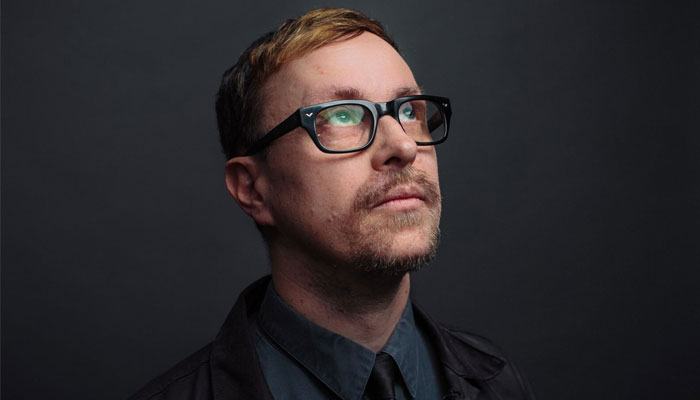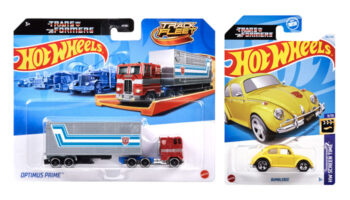Kickstarter’s Luke Crane on the platform’s evolving relationship with games

Last year saw 2,106 successful campaigns attributed to tabletop games with $138 million pledged, with notable projects including Serious Poulp’s The 7th Continent ($7,072,757 pledged), CMON’s Rising Sun ($4,228,060 pledged) and the second printing of Isaac Childres’s Gloomhaven ($3,999,795 pledged).
As well as being head of games at Kickstarter, Luke Crane is a games designer himself, having self-published role-playing games including Burning Wheel and Torchbearer. We caught up with Crane to find out about the evolution of the Games category on the crowdfunding platform, and how he approaches game development himself.
Looking back, was Games always set to be one of the biggest categories for Kickstarter, or has its success taken you guys by surprise?
There was never a plan for games to be big on Kickstarter. It was a happy accident. But Cindy Au – Kickstarter employee #9 and my first boss here – saw that the games community was experimenting with the platform early on. She did some key outreach and really opened the door for independent games creators to succeed on the platform.
How has Games as a category grown over the last few years on Kickstarter, and what do you think has driven this growth?
The Games category has been constantly evolving since its launch. It has grown considerably – and remains the biggest category by dollars pledged. But there have been a number of trends – playing cards were very popular at one point, card party games were super hot, indie video game studios grabbed the spotlight, and now miniatures boardgames are currently in the limelight.
In all cases, you have a group of creators making games for their (very enthusiastic) communities. As each creator taps a new community, more folks are drawn in and see the possibility of the platform.
What do you think is the key to successful Kickstarter campaign? Are there any recent examples that you feel have nailed it?
It’s important to set an achievable goal for your project scaled to your means and your community’s dedication. It’s possible to be successful at many levels, but it always requires people to support you and believe in what you’re making.
Some creators raise just a few thousand dollars to make a small game and their backers are very happy. Others raise millions and satisfy tens of thousands of folks. So it really depends on the creator’s experience, the size of their community and the type of game they’re making. Da Share Zone, Beasts of Balance and Pinstripe have all done very well with the Kickstarter format.
Regarding your own creations, can you talk us through your design process when it comes to creating a role-playing game?
For myself, design has never been an easy process. It’s painful, lengthy and uncertain. It takes years for me to fully realize a design. So there’s never been a consistent method. The core of each project has been different: some were reactions against existing games; some were inspired by books or comics; others were challenges set by people who I respect.
In terms of work, a game takes me at minimum about eight to 12 months of writing and design to transfer the rules from notes into a formal document, do final playtesting, art and editing. That’s a blistering pace though – working every day on the project, writing, testing, designing, managing artists, editors and manufacturers.
How do you stay creative?
I play games. I make small things – zines, maps, systems, etc. – that I can give to my players and friends. I help other people make stuff. I talk about making games with people I trust and admire. And I do not dwell in nostalgia or derivation. I challenge myself.
While I do immerse myself in books, music and films that inspire me, more and more these texts fall outside of what is increasingly considered “nerd culture.” I see a tendency in authors and designers in games culture to worship our own creations and eat our own young. I don’t want to be a part of that cycle, so I strive to draw on sources of historical culture that reexamine our assumptions or fictive work that reimagines our future in inventive ways.
Oh, and I carry a pocket notebook and pen with me everywhere I go so that when ideas do come, I can jot them down — I’ve even made notes when inspired while riding my bike (with no hands)!























